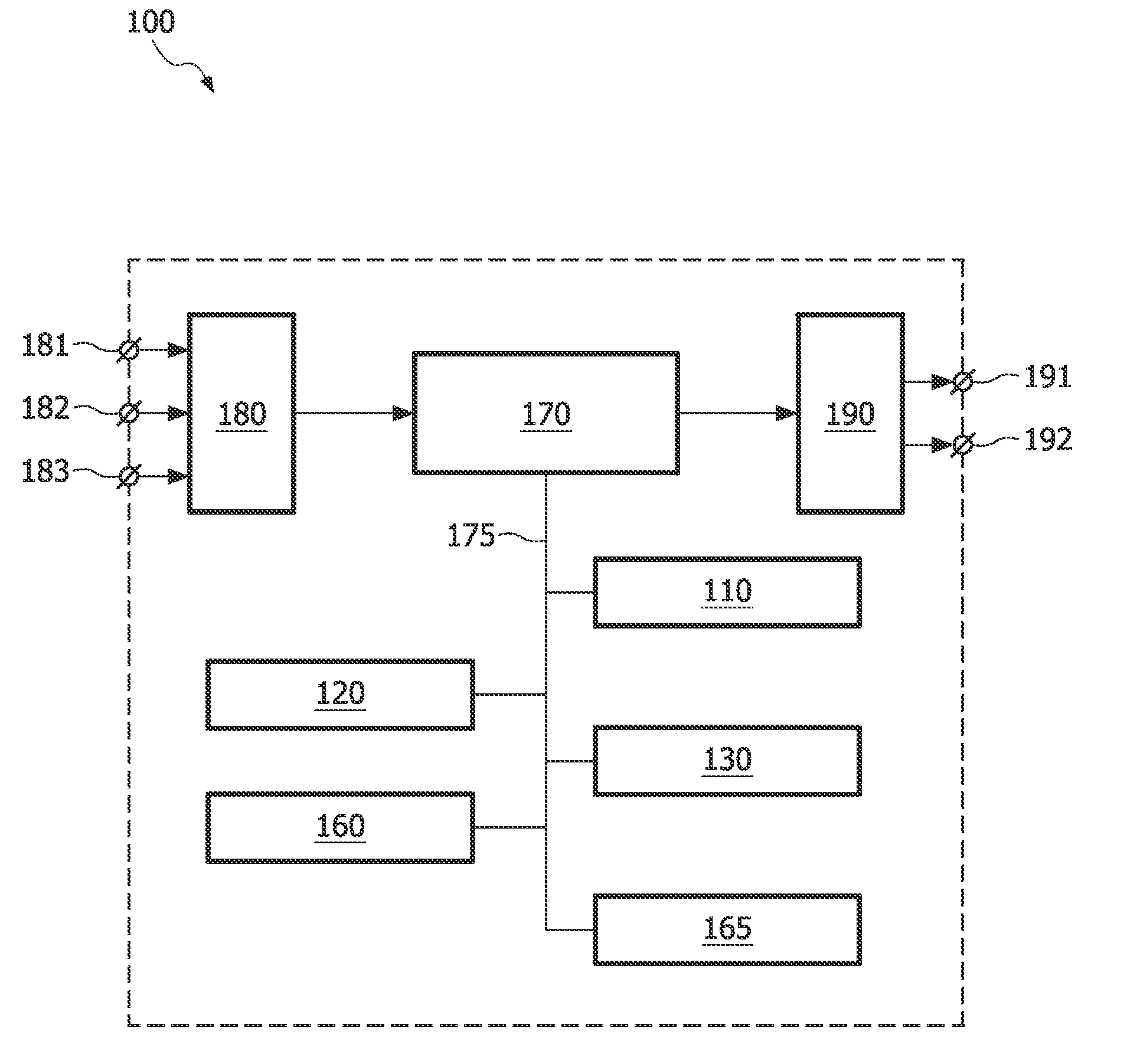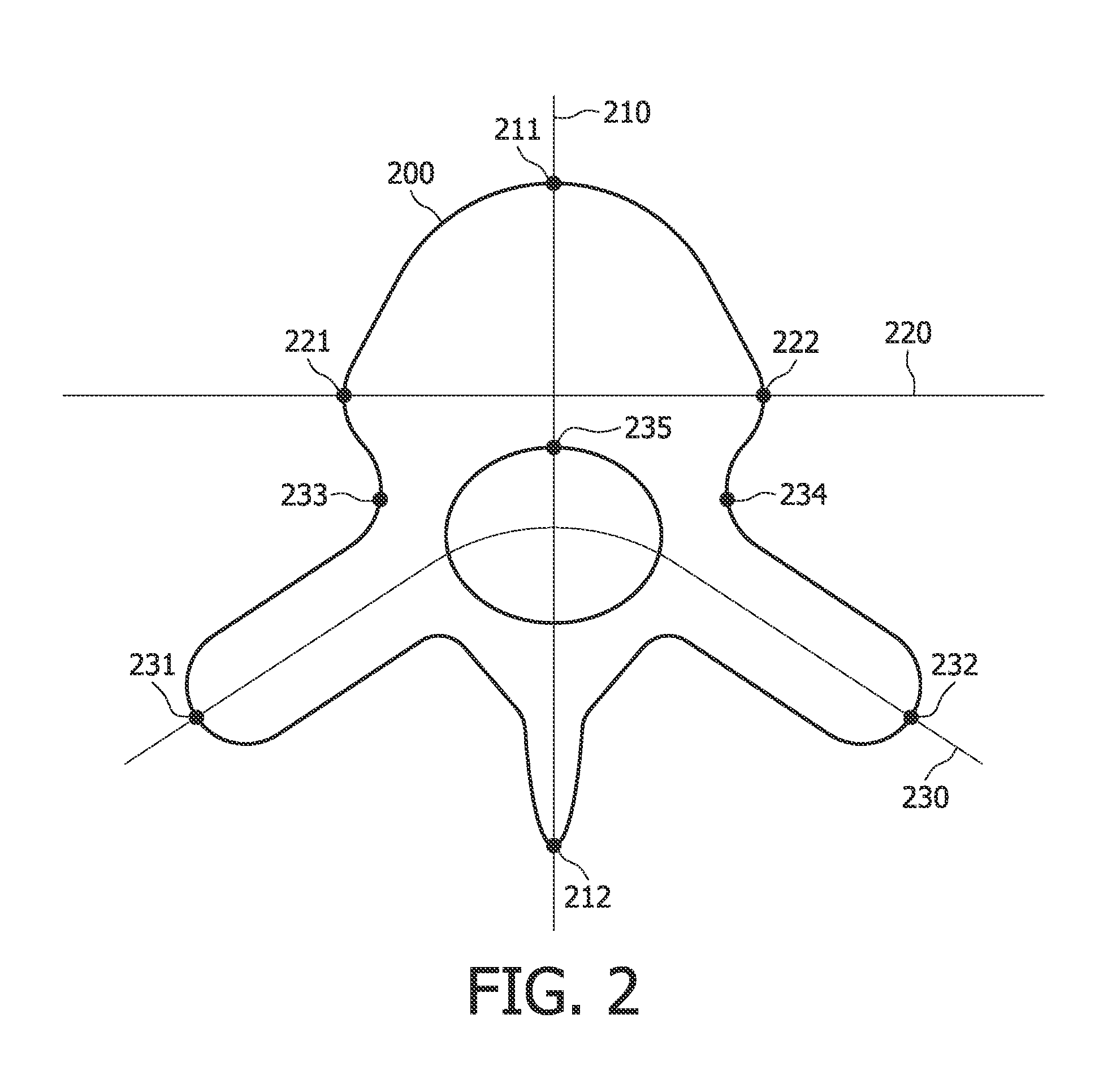Anatomy-defined automated cpr generation
anatomy-defined, automated technology, applied in the direction of 3d-image rendering, instruments, computing, etc., can solve the problem that it is not easy to adapt to visualizing other objects such as the human heart or brain
- Summary
- Abstract
- Description
- Claims
- Application Information
AI Technical Summary
Benefits of technology
Problems solved by technology
Method used
Image
Examples
Embodiment Construction
[0040]FIG. 1 schematically shows a block diagram of an exemplary embodiment of the system 100 for visualizing an object in image data using a first cross-section surface coupled to a model of the object, the system comprising:
[0041]a model unit 110 for adapting the model to the object in the image data;
[0042]a surface unit 120 for adapting the first cross-section surface to the adapted model on the basis of the coupling between the first cross-section surface and the model; and
[0043]a visualization unit 130 for computing an image from the image data on the basis of the adapted first cross-section surface.
[0044]The exemplary embodiment of the system 100 further comprises the following units:
[0045]a control unit 160 for controlling the workflow in the system 100;
[0046]a user interface 165 for communicating with a user of the system 100; and
[0047]a memory unit 170 for storing data.
[0048]In an embodiment of the system 100, there are three input connectors 181, 182 and 183 for the incomi...
PUM
 Login to View More
Login to View More Abstract
Description
Claims
Application Information
 Login to View More
Login to View More - R&D Engineer
- R&D Manager
- IP Professional
- Industry Leading Data Capabilities
- Powerful AI technology
- Patent DNA Extraction
Browse by: Latest US Patents, China's latest patents, Technical Efficacy Thesaurus, Application Domain, Technology Topic, Popular Technical Reports.
© 2024 PatSnap. All rights reserved.Legal|Privacy policy|Modern Slavery Act Transparency Statement|Sitemap|About US| Contact US: help@patsnap.com










